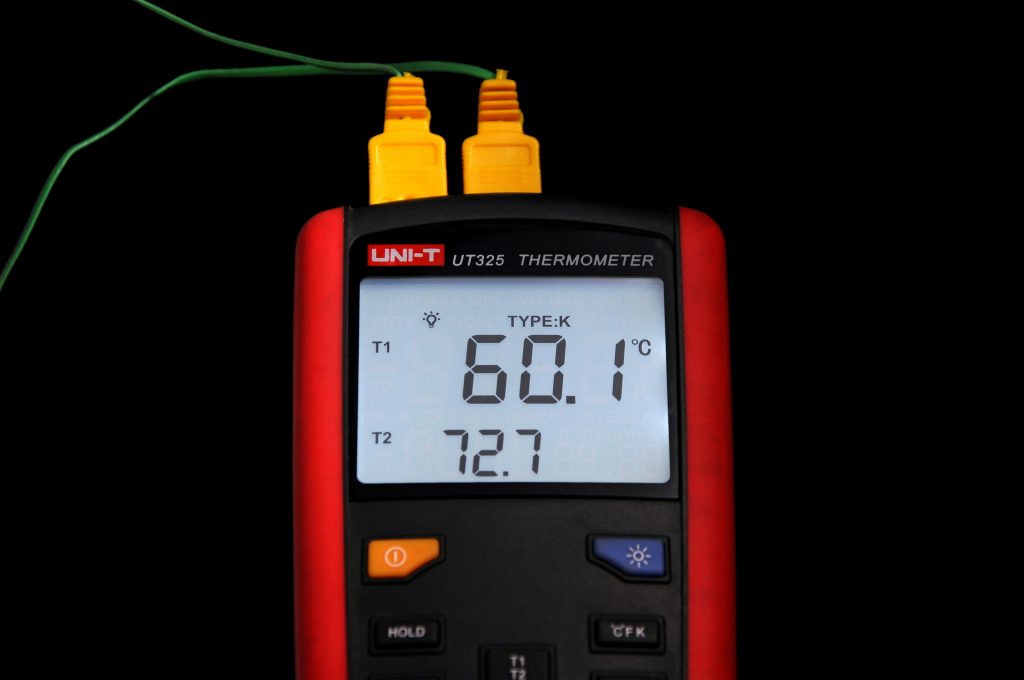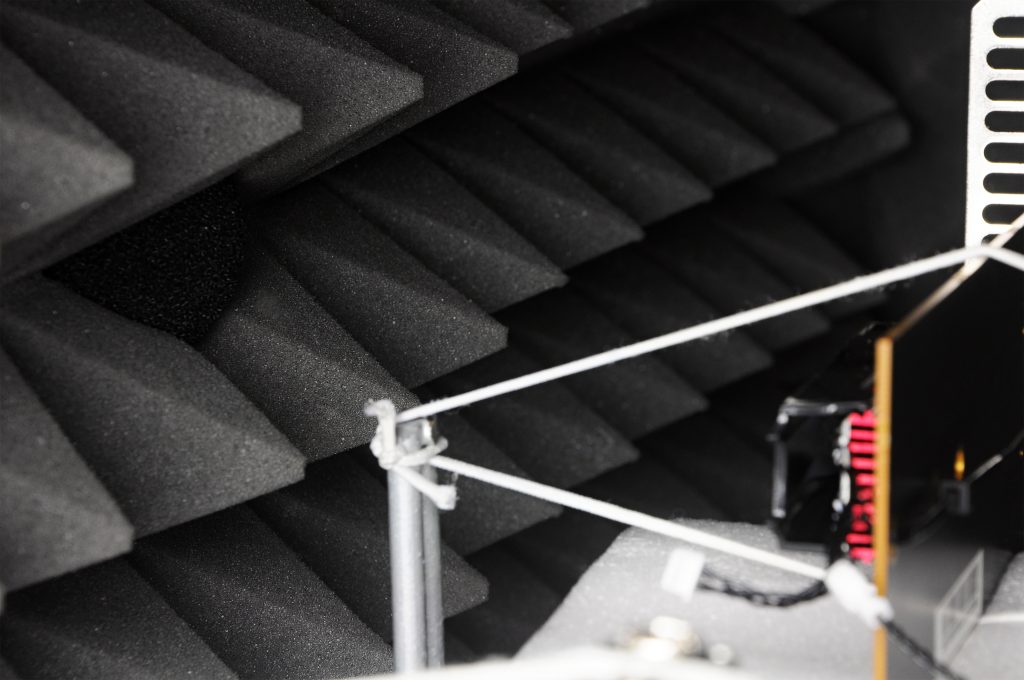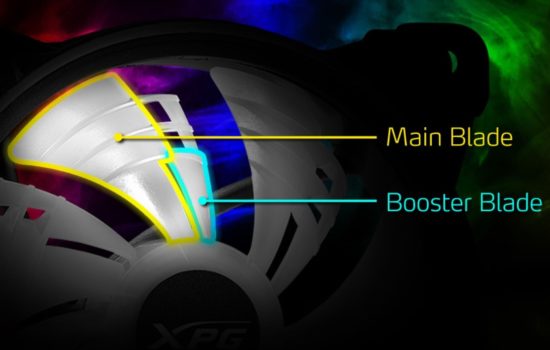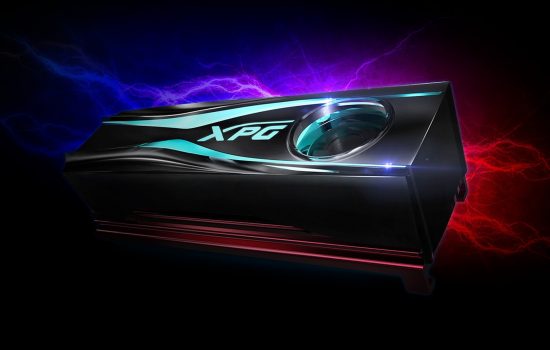Test procedures
16,500 rpm is extreme. A tiny fan in the unique SSD cooler by Adata can run at such a speed. We expected that it will be possible to regulate it and choose a reasonable setting, but there is no compromise in this design, and frankly, so many imperfections make it very difficult to see something positive about this product, which is a shame because the “core“ is pretty effective.
Test procedures
We started with 900 seconds in idle, then continued with 900 seconds of linear reading of 8MB blocks in Aida64 (with an average speed of 2GB/s). The SSD we used is OCZ RD400 with installed OS.
We used thermal imager and mainly thermocouples to measure temperatures. We replaced the default 0.5mm heat-transfer pad by thicker 1mm Arctic to be able to use mentioned thermocouples (it is not possible to do that with pads thinner than 1 mm).
The sensor of the first thermocouple is centred on the controller, which is the area where the heating is most intense. The second thermocouple was attached to the memory that is closer to the controller. We captured the temperatures with properly calibrated UNI-T UT325.
We tested in five setting modes, with 12, 9, 7, and 5.7 V. The noise levels of these settings were measured in our acoustic chamber, and the sensor of Reed R8080 was 12 cm away from the cooler. We also tested the passive operation without the cover, the fan, and the PCB. We used thermal imager to read temperatures on the surface of the heatsink.
All tests were carried out in our wind tunnel with four NF-A12S PWM fans (2 – intake, 2 –outtake) regulated to approximately 550 rpm. The SSD was mounted in the PCIe adapter and it was in a vertical position.

| Test configuration | |
| Processor | Intel Core i7-5930K |
| CPU cooler | Zalman FX70 |
| RAM | G.Skill Flare X, 4× 8 GB, 3200 MHz/CL14 |
| Motherboard | Gigabyte GB-X99-UD4 (BIOS F23) |
| Graphics card | MSI GeForce GTX 1060 Gaming X (6 GB) |
| SSD | OCZ RD400 |
| Power supply | SeaSonic Prime 650 W (80Plus Titanium) |
- Contents
- Details
- Test procedures
- Results: Cooling of the controller and memory
- Heatsink temperatures
- Noise
- Conclusion














